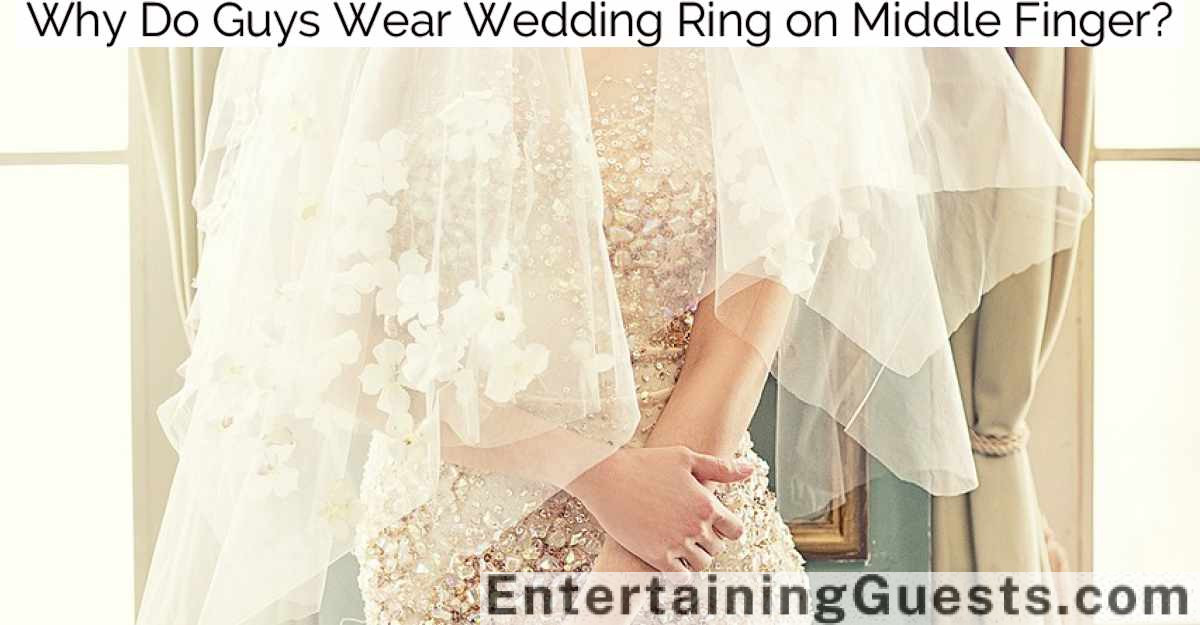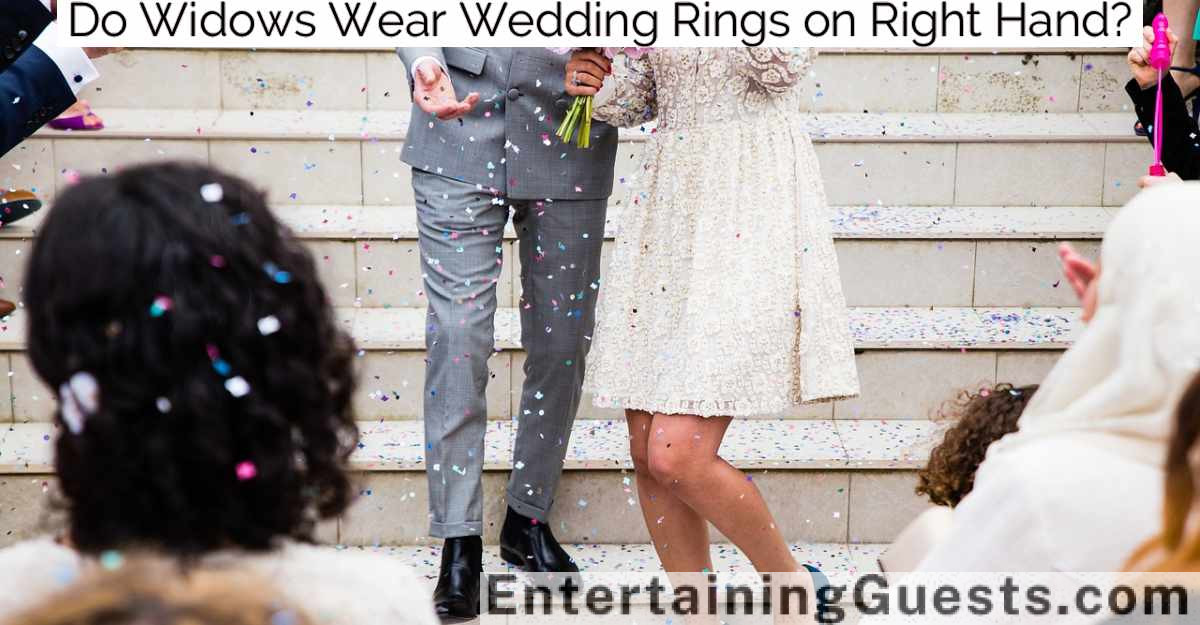Yes, in traditional Western weddings, the wedding ring goes on the finger before the engagement ring. This order allows the wedding band, which represents commitment, to be placed closest to the heart on the left hand during the ceremony. Afterward, the engagement ring is slipped above it, where it secures and highlights the wedding band. This arrangement not only follows tradition but also protects the engagement ring’s more intricate design from everyday wear and tear. For those intrigued by how cultural variations or personal preferences might influence this practice, further exploration can reveal a rich tapestry of customs worldwide.
Historical Origins of Ring Customs
Tracing back through centuries, the custom of exchanging rings has evolved significantly, reflecting the values and aesthetics of different eras. Initially, ancient Egyptians believed that the ring, a circle with no beginning or end, symbolized eternal love. They placed rings on the fourth finger of the left hand, convinced that the “vena amoris,” or vein of love, ran directly to the heart. This tradition was later adopted by the Romans, who also added their innovation: personalized engravings on the betrothal rings, marking a shift towards more individualized expressions of commitment.
As the centuries progressed, the materials and designs of rings diversified. In medieval Europe, gimmel rings, composed of two interlocking bands, became popular. These were worn by both the man and the woman during engagement. Upon marriage, the woman would wear both bands, symbolizing the union’s completion.
The Renaissance period saw the introduction of more ornate designs, incorporating gemstones and intricate metalwork, reflecting the era’s flourishing art and culture. It wasn’t until the Victorian era that diamonds became synonymous with engagement rings, spurred by the discovery of diamond mines in South Africa and clever marketing campaigns. This marked a significant shift towards the rings’ opulence that’s continued into modern trends.
Understanding the Traditional Order
Over the years, the traditional order of wearing wedding and engagement rings has remained largely consistent, reflecting deep-rooted customs in Western cultures. Typically, during the wedding ceremony, the engagement ring is temporarily moved to the right hand. This allows the wedding band, which is simpler in design, to be placed first on the left hand’s ring finger, symbolizing its closer position to the heart. After the ceremony, the engagement ring is then placed on top of the wedding band, securing its position on the finger.
This order not only follows tradition but also provides practical benefits. It protects the engagement ring’s often more intricate and delicate designs from being scratched or damaged during daily activities. Furthermore, placing the wedding band first makes it less likely to slip off, as the engagement ring acts as a barrier.
Today’s couples, while generally adhering to this sequence, sometimes personalize their approach. They might choose bands that interlock or complement each other stylistically, ensuring both sentimental value and a modern aesthetic appeal. This careful consideration of both tradition and personal preference underscores the enduring significance of ring placement in matrimonial customs.
Cultural Variations in Ring Placement
The placement of wedding and engagement rings varies significantly across cultures, reflecting deep-rooted traditions and modern influences. While Western traditions typically see rings worn on the left hand, Eastern practices often involve alternative customs and symbolism, meriting a closer examination. A global comparison not only highlights these differences but also shows emerging trends in how couples choose to signify their commitments.
Western Traditions Explained
In Western cultures, wedding and engagement ring placement carries deep symbolic significance, often reflecting trends and traditions that have evolved over centuries. Traditionally, during the wedding ceremony, the engagement ring is temporarily moved to the right hand. This allows the wedding band, symbolizing eternal love and commitment, to be placed first on the left hand’s ring finger, directly over the heart. After the ceremony, the engagement ring is usually returned to the left hand, sitting atop the wedding band to secure it in place.
This practice isn’t just about tradition; it’s also practical. Stacking the rings in this order ensures the wedding band, typically simpler and often more durable, remains closer to the heart, while the engagement ring, usually more ornate, catches the eye more effectively when placed on top.
Moreover, this arrangement is not only about aesthetics but also about the significance of each ring’s placement. The wedding band, being placed first, signifies its foundational role in the marriage, while the engagement ring represents the promise and excitement leading up to the union. These customs vary slightly between different Western countries, but the essence remains the same, emphasizing the thoughtful symbolism behind ring wearing in marital traditions.
Eastern Practices Analyzed
While Western cultures embrace specific traditions for wedding and engagement ring placement, Eastern countries exhibit a rich tapestry of customs that vary significantly from one region to another. For instance, in many parts of India, the engagement ring often goes on the right hand, reflecting Hindu beliefs that associate the left hand with impurity. Conversely, during the wedding ceremony, the ring is usually switched to the left hand, symbolizing the transition to a new life stage.
In contrast, Chinese couples might not emphasize engagement rings as heavily. It’s the wedding bands that hold greater significance, worn on the left hand. This placement is rooted in the ancient belief that the left hand is closer to the heart, enhancing emotional bonds between the couple.
Japanese practices blend modern Western influences with traditional customs. Engagement rings are typically worn on the left hand, while the wedding ring joins it at the ceremony, stacking beneath the engagement ring to form a harmonious set. This method reflects not only a blend of cultural values but also a keen awareness of style and symbolism in contemporary Japanese society.
These varied practices highlight how Eastern cultures uniquely interpret the symbols of marital commitment through their distinct, yet evolving, traditions.
Global Comparisons Highlighted
Several countries showcase unique traditions regarding wedding and engagement ring placements, reflecting a wide spectrum of cultural beliefs and practices. In Germany and the Netherlands, couples often wear their engagement rings on the left hand and then switch them to the right hand once married. This practice underscores a transition from engagement to marriage, marking a new chapter in the couple’s life.
Conversely, in India, the wedding ring is typically worn on the right hand because the left hand is sometimes considered inauspicious. This choice is deeply intertwined with local customs and religious beliefs that prioritize spiritual harmony and cultural significance in marital symbols.
Brazil presents a fascinating mix of traditions where couples wear their engagement rings on the right hand and switch them to the left to signify their transition to marriage. This switch is not just a change of hands but also a profound symbol of their commitment being sealed and recognized publicly.
These variations aren’t just superficial customs. They’re rooted in historical, cultural, and sometimes religious significances that shape how individuals perceive and celebrate the union of marriage. Understanding these differences not only broadens our view of world cultures but also enriches our appreciation of global marital traditions.
Symbolism Behind the Order of Rings
The order in which wedding and engagement rings are worn carries deep cultural and personal symbolism, reflecting the journey from proposal to marriage. Traditionally, the engagement ring is presented as a commitment symbol when proposing, often adorned with diamonds or other precious stones to signify the strength and beauty of the forthcoming union. Following this, the wedding ring is exchanged during the marriage ceremony, symbolizing the official bond and lifelong commitment between the partners.
This sequence of wearing the rings—from engagement ring first to wedding ring second—is laden with meaning. It mirrors the chronological order of the relationship’s milestones: the promise and the fulfillment. By placing the wedding ring closest to the heart, couples are reminded of their vows and the closeness of their partnership.
In many cultures, this practice also aligns with ancient beliefs about the “vena amoris” or “vein of love” theory, which held that a vein ran directly from the fourth finger on the left hand to the heart. Although modern anatomy disproves this theory, the romantic ideal persists, influencing how rings are worn. This order then isn’t just about tradition; it’s about embodying the heartfelt connection and continuous journey of love.
Practical Considerations for Wearing Rings
Beyond the symbolism of ring placement, practical considerations also play a crucial role in how rings are worn daily. For many, the comfort and ease of wearing multiple rings influence their decision. It’s common to find that sliding the wedding band on first, followed by the engagement ring, creates a more snug fit. This method helps keep the engagement ring, often more elaborate, secure on the finger.
Additionally, professionals who frequently use their hands may opt to wear just the wedding band during work hours to prevent damage to a more ornate engagement ring. This is particularly relevant in fields like healthcare or manual labor, where rings can catch on equipment or become contaminated.
The latest trends also show a rise in stackable rings, allowing wearers to combine the wedding and engagement bands in a stylish, yet practical manner. This not only solves the issue of wearing multiple rings comfortably but also provides a modern look that can be customized day-to-day.
Personal Stories and Choices
Exploring individual choices reveals how deeply personal the arrangement of wedding and engagement rings can be. Take Sarah, a graphic designer from San Francisco, who chose to wear her engagement ring above her wedding band. She feels it symbolizes her partner’s proposal as a foundation to their marriage. Conversely, Tom, an architect from Chicago, wears his wedding band on top, seeing it as a seal over their commitment, with the engagement ring as a beautiful promise that led there.
In New York, Emily and her spouse both swapped their engagement rings to the right hand after the wedding, to keep the wedding band closer to the heart. They believe it emphasizes the permanence of their marital bond. Meanwhile, in Texas, David has his wedding ring tattooed, with his wife’s initials engraved in the design, eliminating the decision of which ring to wear first.
These stories highlight that there’s no one-size-fits-all answer. The choice of how to wear these symbols of love and commitment is as varied as the couples themselves, reflecting their unique stories and the nuances of their relationships.
Frequently Asked Questions
How Do I Clean My Wedding and Engagement Rings Safely?
She should soak her wedding and engagement rings in mild soapy water, then gently scrub with a soft-bristled brush. She’ll rinse them under warm water and pat dry with a lint-free cloth.
Can Men Wear Engagement Rings Too?
Yes, men can wear engagement rings too. It’s becoming increasingly trendy for men to sport engagement bands as a symbol of their commitment, breaking traditional gender norms and embracing modern relationship dynamics.
What if My Engagement Ring Doesn’t Fit With My Wedding Band?
If her engagement ring doesn’t fit with her wedding band, she might consider resizing, choosing a contoured or notched band for a better fit, or wearing them on separate fingers for a trendy look.
Are Silicone Wedding Rings a Good Alternative?
Silicone wedding rings are a practical alternative, offering durability and comfort. They’re ideal for active lifestyles, preventing damage to traditional bands. They’re also trendy, available in various styles to suit personal preferences.
How Often Should I Have My Rings Professionally Inspected?
She should get her rings inspected professionally at least once a year to ensure the settings remain secure and the stones are intact, especially if they’re frequently worn or have significant sentimental or financial value.
Conclusion
In conclusion, while tradition typically places the wedding ring closest to the heart, followed by the engagement ring, modern trends and personal preferences are reshaping this custom. Across different cultures, the symbolism and order can vary significantly. Ultimately, the arrangement of these rings should resonate with personal significance and comfort, whether adhering to historical customs or embracing a more contemporary approach. Remember, the choice is deeply personal and can reflect one’s unique story and style.







